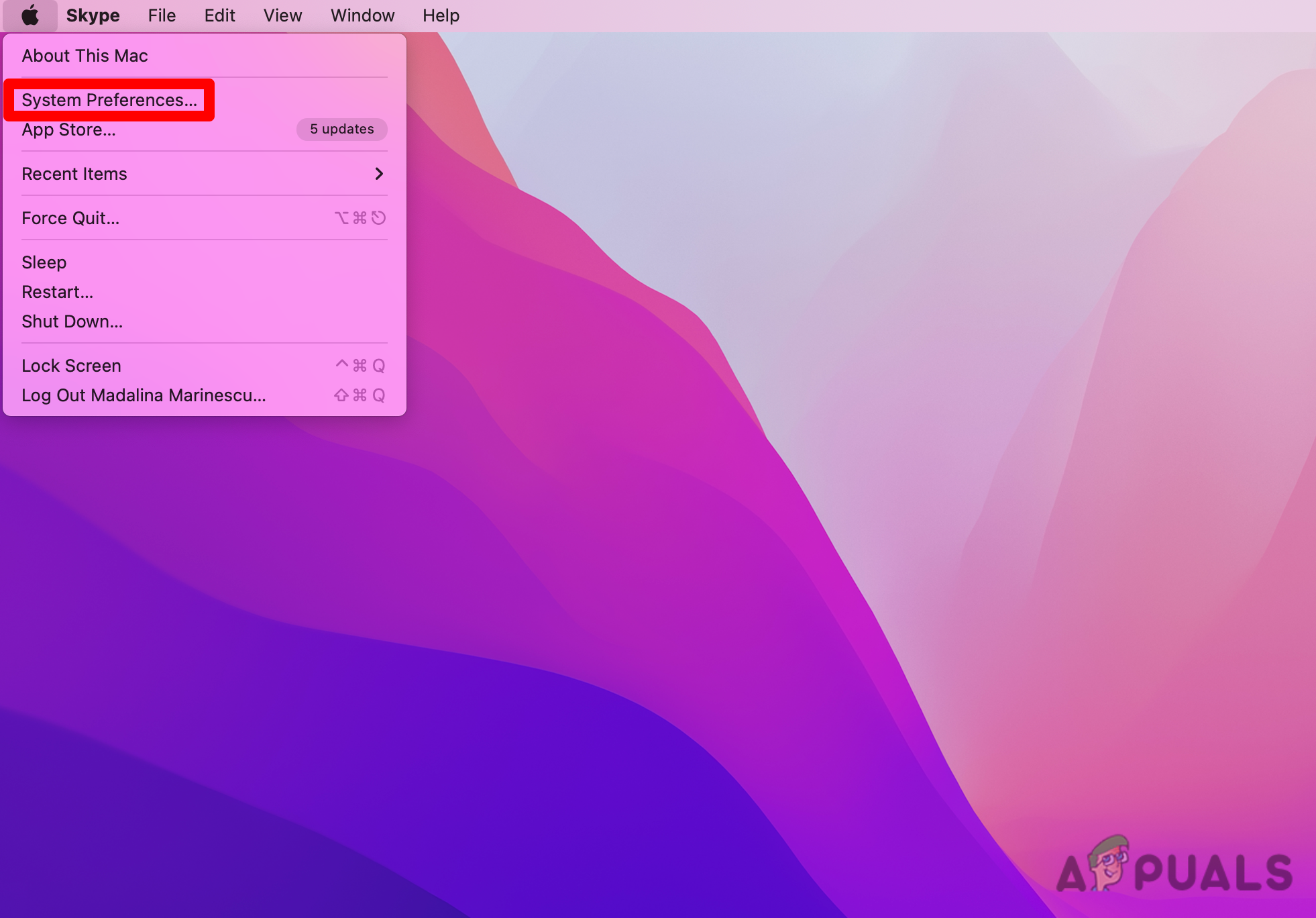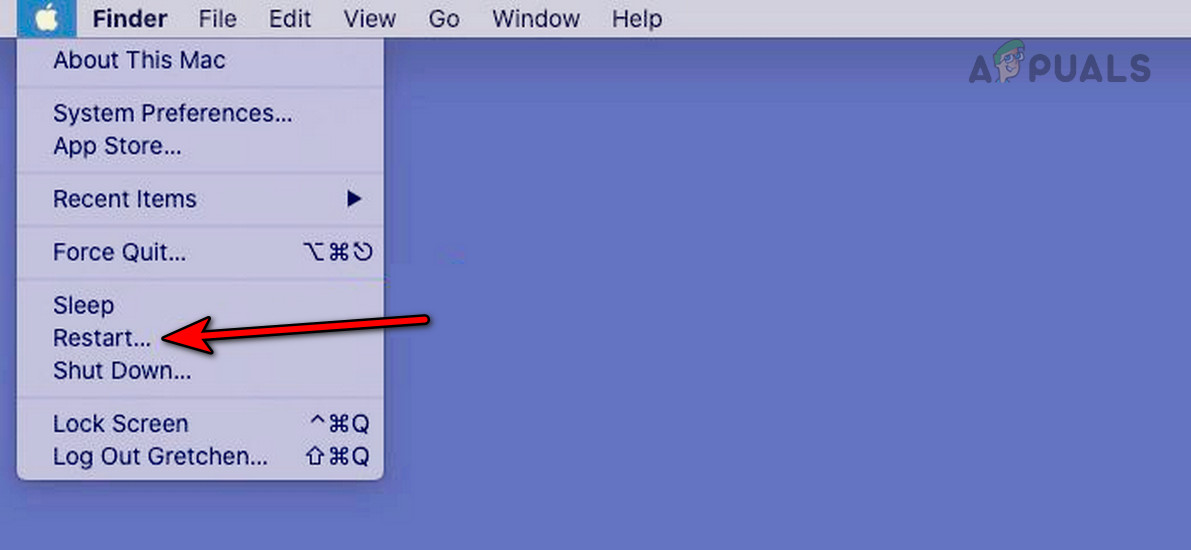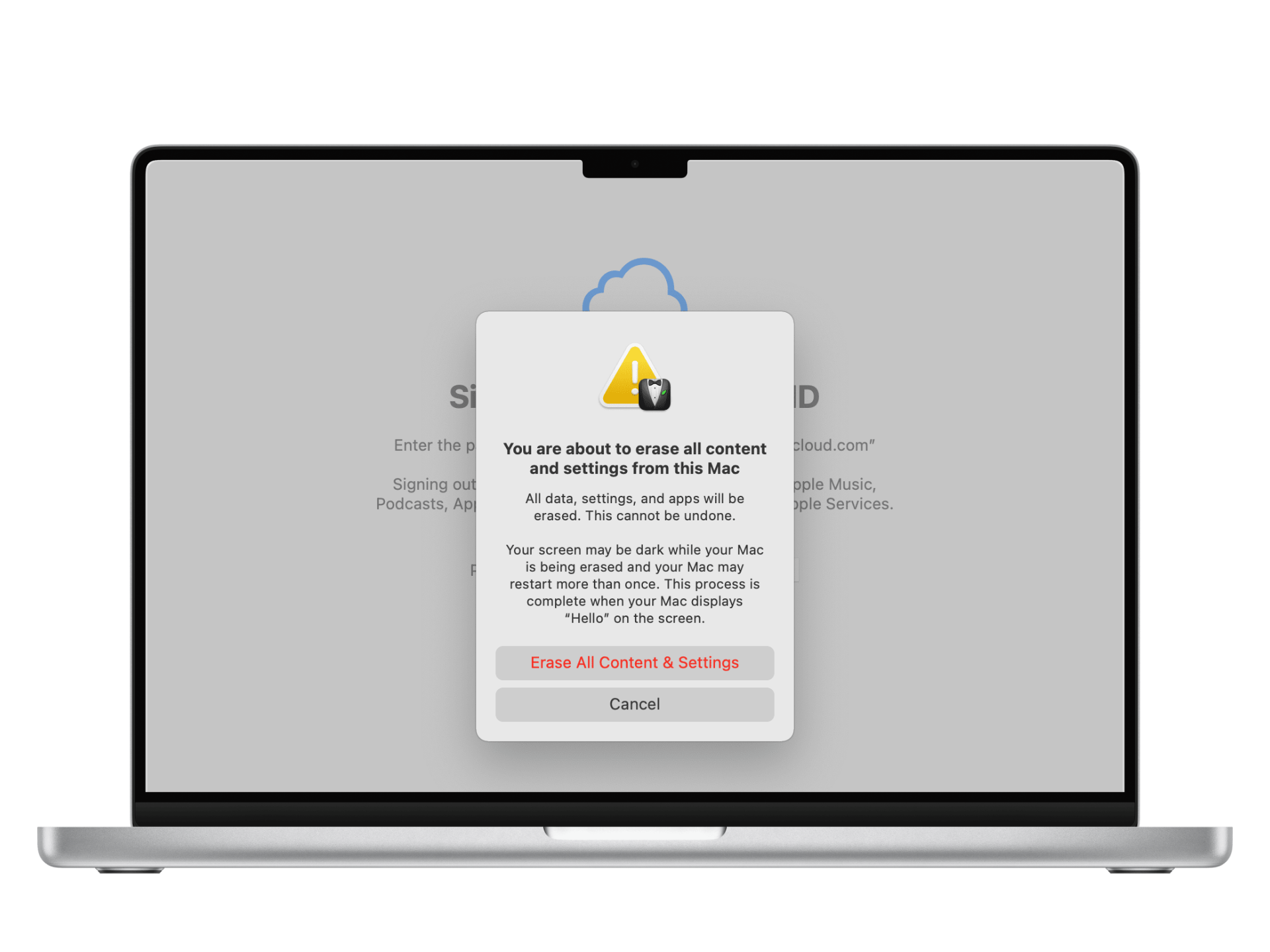How to Reset Any MacBook Air in 5 Easy Steps [2 Methods]
- You should reset a MacBook Air to improve performance, prepare for sale, eliminate malware, or clear personal data before transferring ownership.
- Backup data with Time Machine, logout from Apple services (iTunes, iCloud, iMessage), and unpair Bluetooth devices.
- For MacOS Monterey and newer, utilize the 'Erase All Contents and Settings' option in System Settings. For earlier MacOS versions, employ MacOS Recovery Mode for disk erasure and MacOS reinstallation.
MacBooks are some of the most widely used machines. When you reset a MacBook Air, this helps you get rid of all of your personal data and settings and clears the storage as well, restoring the MacBook to its original state. In this article, we’re going to show you how you can factory reset your MacBook Air, regardless of the model of your MacBook and the MacOS it’s running.
Table of Contents
- Why Would You Need to Reset Your MacBook Air?
- What Are The Methods to Reset MacBook Air?
- What Should You Do Before You Reset Your MacBook Air?
- Method 1: Using The Erase All Contents and Settings Option
- Method 2: Using the MacOS Recovery Mode
- Is There Any Difference Between Resetting MacBook Air and MacBook Pro?
- Final Thoughts

Why Would You Need to Reset Your MacBook Air?
People might have different reasons to reset their MacBook Air, and the most common ones are listed below:
- Your MacBook Air has become slow and is almost out of storage.
- You want to sell your MacBook Air because you are buying a new, upgraded one.
- Your MacBook Air has been infected with malware.
- You’re giving away your MacBook Air to someone and want to remove all of your personal data from it.
READ MORE: What Should You Do Before Resetting Your Phone? ➜
What Are The Methods to Reset MacBook Air?
The version of MacOS running on your MacBook Air and the presence or absence of the T2 security chip determine what method of resetting the MacBook Air will work best for you. Classifying broadly, there are two methods of factory resetting the MacBook Air. The first one utilizes the Erase All Content and Settings option, while the second puts the MacBook Air in Recovery Mode.
What Should You Do Before You Reset Your MacBook Air?
You need to do the following things before you reset your MacBook Air:
Back up or transfer your files so that you don’t lose any important data. You can use the Time Machine to back up your files to an external hard drive or a USB flash drive.

Back up your data using Time Machine | Apple Sign out of iTunes, iCloud, iMessage, and any other Apple services that you use so that you can remove your MacBook from your Apple ID. This prevents any unauthorized access to your account.
Unpair any Bluetooth devices connected to your Mac, such as a keyboard or a mouse, so that they don’t interfere with the reset process. You can unpair Bluetooth devices from the Bluetooth menu in System Preferences.
Method 1: Using The Erase All Contents and Settings Option
If your MacBook Air is running MacOS Monterey or later and has Apple Silicon or the T2 security chip, you can use the Erase All Contents and Settings option to easily reset your MacBook Air. The steps for MacOS Monterey are a bit different from the later MacOS versions. We’ll look at both of them one by one.
↪ For MacOS Ventura & Above
Follow these steps to reset your MacBook Air running MacOS Ventura or later:
Step 1: Open System Settings
When you begin the process of resetting your MacBook Air, the first thing you have to do is click on the Apple logo in the top left corner, which opens a drop-down menu. Then click on System Settings.

Step 2: Go to Transfer or Reset Settings
In the latest MacOS versions, System Preferences has been changed to System Settings in order to make it similar to the interface on the iPhone and iPad. Once you open System Settings, click on General, and then click on Transfer or Reset.

Step 3: Click on Erase All Contents and Settings
Within Transfer or Reset, you’ll see a button that says, “Erase All Contents and Settings.” Click on it to continue.

Step 4: Enter Local Administrator Password
A pop-up box will appear asking you to enter the local administrator password. This is done to ensure that no-one else besides you can make irreversible changes to your MacBook.

Step 5: Log Out of Your iCloud Account
The final step before the process of resetting can begin is to sign out of your iCloud. On the new window that has opened, click on Continue, and then enter the password for the Apple ID logged in on the MacBook Air.

Step 5: Confirm Your Action to Reset MacBook Air
A final warning prompt appears on the screen, telling you that all data will be erased if you continue. Click on Erase All Content and Settings to proceed. Your MacBook Air will now be reset, and you can set it up as if it were brand new.

READ MORE: How to Increase Your MacBook’s Storage? ➜
↪ For MacOS Monterey & Below
If your MacBook Air has MacOS 12, i.e., MacOS Monterey, you can use these steps to reset it:
Step 1: Open System Preferences
First of all, you have to click on the Apple logo in the top left corner of your screen and choose the option of System Preferences from the drop-down menu.

Step 2: Click on Erase All Contents and Settings
The options on the toolbar where the Apple logo was located have now changed. Click on System Preferences on this toolbar, and in the drop-down menu, click on Erase All Content and Settings.

Step 3: Enter Your Local Administrator Password
In another box that appears, you’ll have to enter the password for your Mac. Once you enter the password, you will be reminded to ensure that you have saved all of your data. Then click on Continue.

Step 4: Sign Out of Your Apple ID
Next, you’ll have to choose the user with administrator privileges. After this, you have to enter the password for your Apple ID so that you can be logged out of your MacBook. Then click on Continue.
Step 5: Confirm Your Action to Erase All Data
A pop-up box appears to confirm your action. Click on Erase All Contents and Settings to continue resetting your MacBook Air. The Apple logo with the progress bar will appear, showing that the process has begun. Wait for it to complete, and then set up your MacBook as brand new.

READ MORE: 16 Easy Methods to Stop your MacBook from Overheating ➜
Method 2: Using the MacOS Recovery Mode
On all the MacBooks running MacOS Big Sur or earlier that don’t have the T2 security chip, this is the right way to reset and erase all data:
Step 1: Put Your MacBook in Recovery Mode
In order to do this, click on the Apple icon, and from the drop-down menu, click on the option of Restart. Confirm this action on the box that appears, and immediately press Command ⌘ and R. Hold until the Apple logo and progress bar appear.

Step 2: Open Disk Utility
You now have a few options on your screen. You can restore from Time Machine, reinstall MacOS, use Safari to get help from Apple, and open Disk Utility. Click on this last option.

Step 3: Erase The Disk With All of Your Data
Within Disk Utility, click on the disk that has all of your data. Then click on the option to erase so that all of your data is deleted. Another box will appear; enter any name, but keep the format either AFPS or Mac OS Extended, as recommended by Disk Utility. Then click on Erase.

Step 4: Reinstall the MacOS
Once this process is finished, close Disk Utility to return to the utilities window. Here, choose the second option in the list that says Reinstall MacOS. Follow the on-screen instructions to complete the process.

Is There Any Difference Between Resetting MacBook Air and MacBook Pro?
There’s practically no difference in resetting your Mac, whether it’s a MacBook Air or a MacBook Pro. The difference in method only arises depending on the version of MacOS your MacBook is running and the kind of MacBook it is, either Intel-based or a Mac with Apple Silicon.

READ MORE: Your MacBook Air Won’t Turn On? Try These Fixes! ➜
Final Thoughts
Whenever you purchase a used MacBook Air, always make the seller reset the MacBook Air in front of you. This way, you won’t have to waste your time with any password that might be required to remove their Apple ID from it. If you have any more queries, drop a comment below so that we can help you out.
FAQs
If you’re unable to set up your Mac because of the activation lock, you’ll have to enter the password for the Apple ID that was logged in on this computer. You can also use the device password.
Yes, when you factory reset your MacBook, all of the data is deleted, and the storage is cleared of any useless files and data. This makes your MacBook faster.
If you reset your Mac and didn’t create any sort of backup beforehand, all of your data will be lost. However, if you created a backup either using Time Machine, iCloud, or any other method, you can recover your data from it easily.





